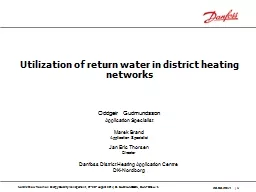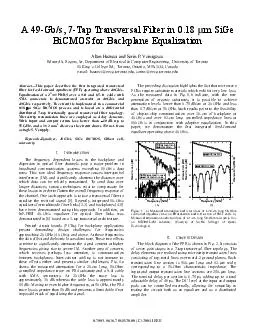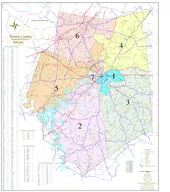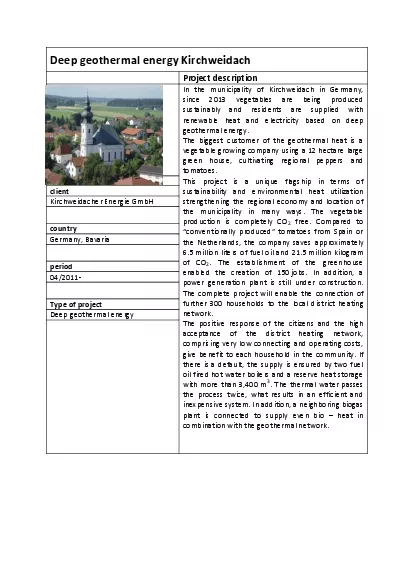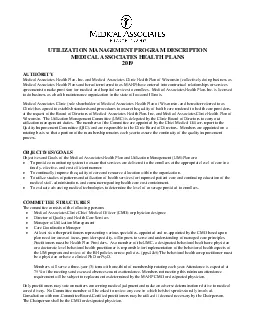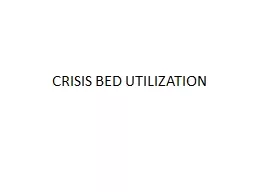PPT-Utilization of return water in district heating networks
Author : liane-varnes | Published Date : 2016-10-30
Oddgeir Gudmundsson Application Specialist Marek Brand Application Specialist Jan Eric Thorsen Director Danfoss District Heating Application Centre DK Nordborg Content
Presentation Embed Code
Download Presentation
Download Presentation The PPT/PDF document "Utilization of return water in district ..." is the property of its rightful owner. Permission is granted to download and print the materials on this website for personal, non-commercial use only, and to display it on your personal computer provided you do not modify the materials and that you retain all copyright notices contained in the materials. By downloading content from our website, you accept the terms of this agreement.
Utilization of return water in district heating networks: Transcript
Download Rules Of Document
"Utilization of return water in district heating networks"The content belongs to its owner. You may download and print it for personal use, without modification, and keep all copyright notices. By downloading, you agree to these terms.
Related Documents

